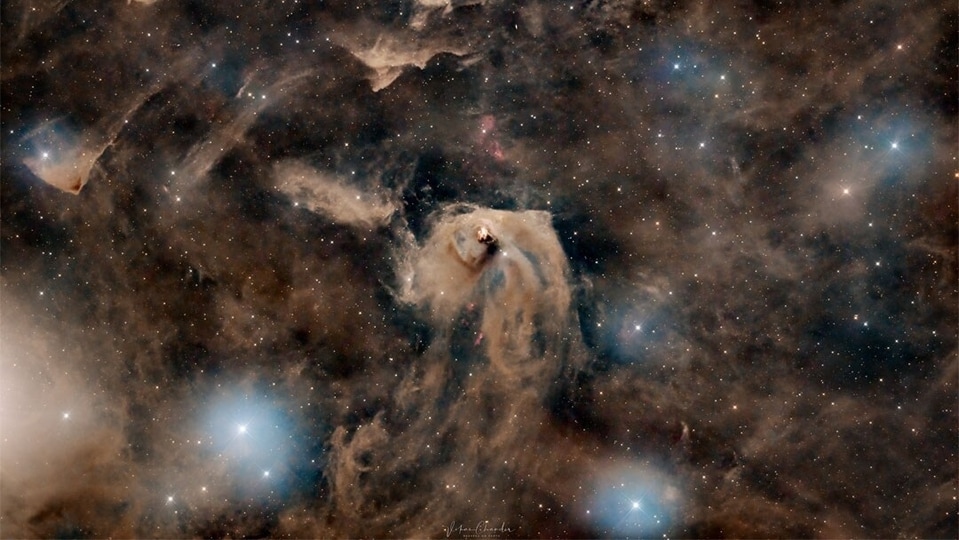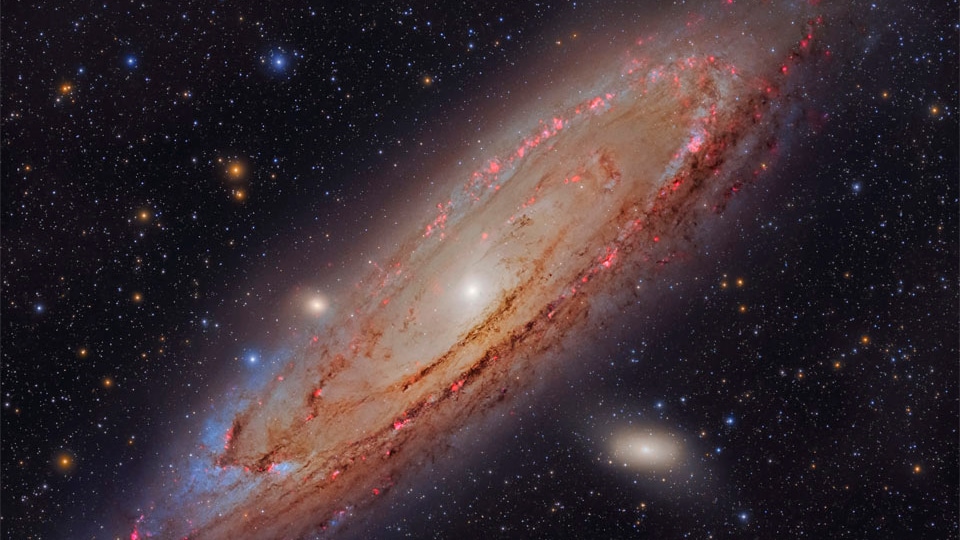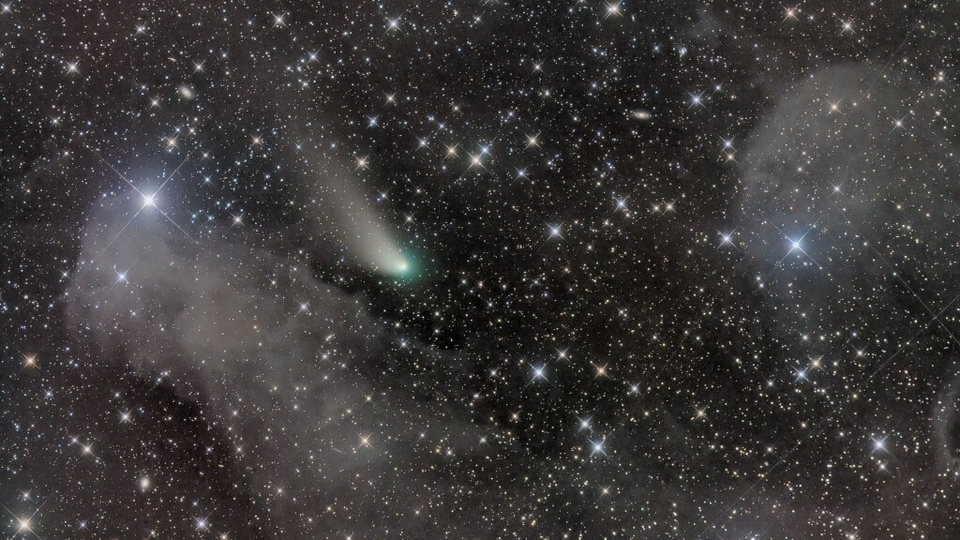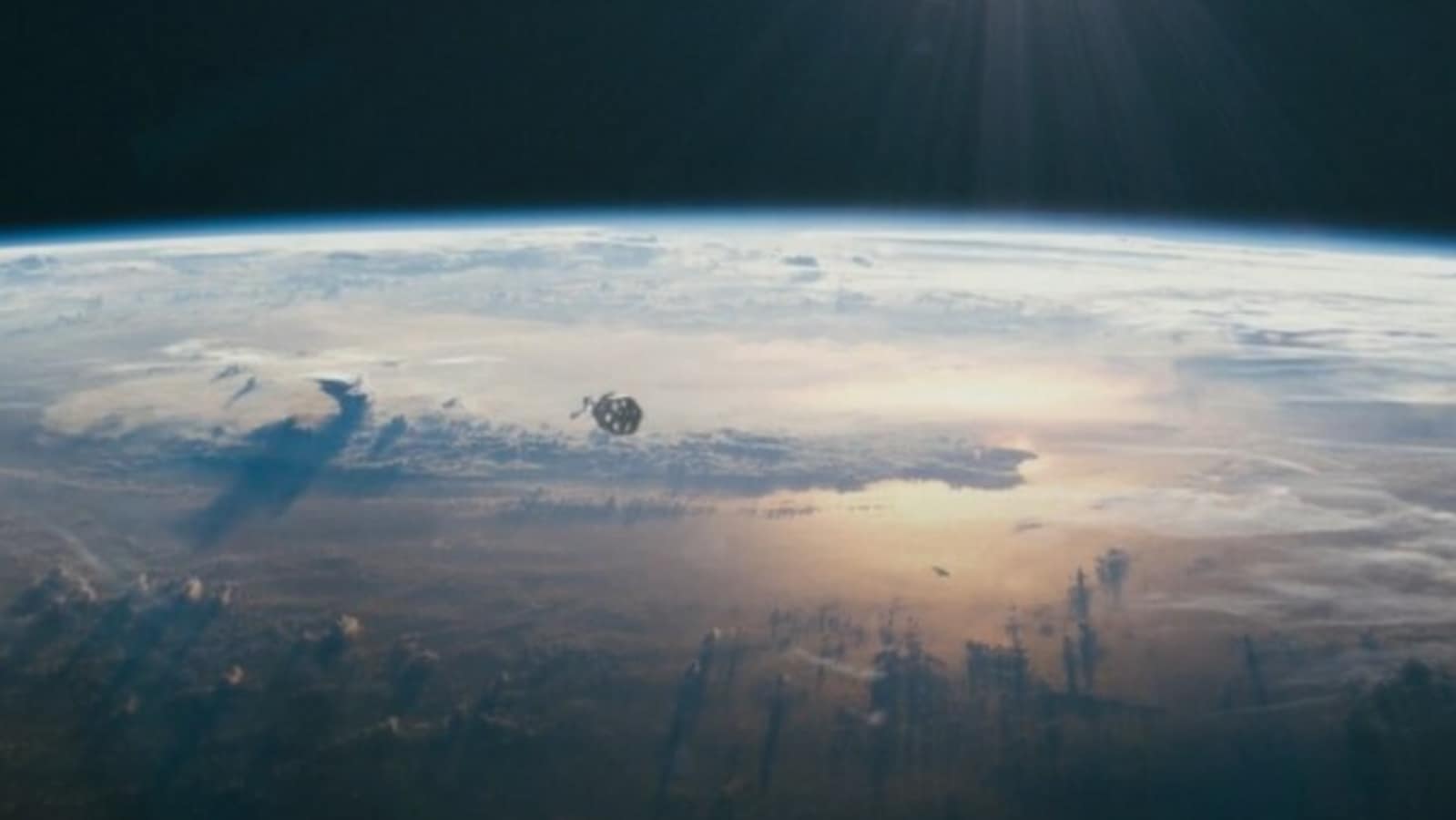NASA Astronomy Picture of the Day 26 March 2023: Space explorers
NASA Astronomy Picture of the Day is actually a video! This explores humanity's expansion into the Solar System.






 View all Images
View all ImagesNASA takes on a quick journey of our universe with a captivating picture every day, accompanied by a concise description written by an expert. However, there is not an image but a whole video depicting the discoveries of the cosmos by humans. The video titled “Wanderers” by Erik Wernquist, a digital artist and animator from Sweden explores humanity's expansion into the Solar System. The film portrays a hypothetical vision of our future in space, founded on scientific ideas and concepts.
While sharing the video, NASA says, “How far out will humanity explore? If this video's fusion of real space imagery and fictional space visualizations is on the right track, then at least the Solar System.” A few of the wonderful scenes in the video depict human beings of the future gliding through Saturn's rings, exploring Jupiter from a nearby spacecraft, and jumping from a tall cliff on the moon of Uranus due to its low gravity.
Though, the settings showcased in the movie are computer-generated replicas of authentic locations within our Solar System, constructed using genuine photographs and map data wherever accessible. NASA further says, “Although no one can know the future, wandering and exploring beyond boundaries -- both physical and intellectual -- is part of the human spirit and has frequently served humanity well in the past.”
More about the “Wanderers” video
The creator of the video says that the ideas and concepts of the video have been taken from several science fiction authors such as Kim Stanley Robinson and Arthur C. Clarke. The video also features the voice of astronomer Ann Druyan and author Carl Sagan narrates the short film.
Without any apparent plot, the film's main aim is to provide a peek into the wondrous and exquisite environment that encompasses us in our nearby worlds. Above all, it aims to illustrate how these surroundings may appear to us if we were to witness them firsthand.
Catch all the Latest Tech News, Mobile News, Laptop News, Gaming news, Wearables News , How To News, also keep up with us on Whatsapp channel,Twitter, Facebook, Google News, and Instagram. For our latest videos, subscribe to our YouTube channel.




























